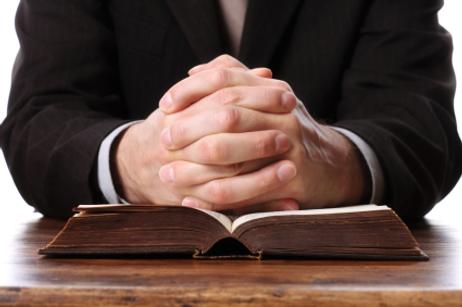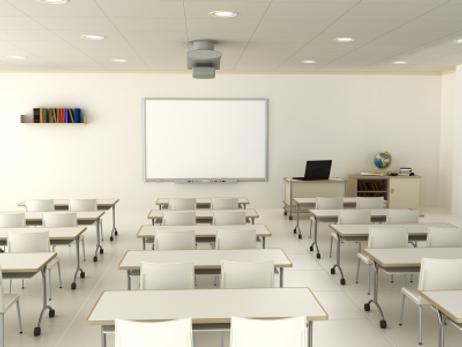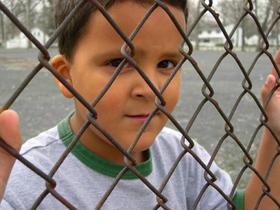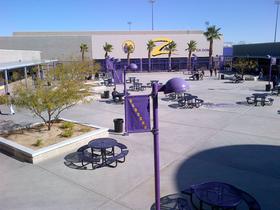In one of their final actions of the current calendar year, the Fairfax County School Board in Virginia voted to allow schools to install indoor surveillance cameras in their buildings. The request for such cameras became a primary talking point during the first half of this school year after massive food fights and other disciplinary problems came to light. While some parents and school board members argue that surveillance cameras will help to curb some of the behavior issues in schools, others worry that the new cameras will be a flagrant violation of student privacy rights.
An Overview of New School Policy
The Fairfax County School Board’s vote allows schools to install surveillance cameras, but it does not require them. Each school within the county will be able to engage in public discussion between faculty, students, and parents about whether cameras would help or hinder discipline issues. Principals would be responsible for making the final decisions in their own schools, ensuring that each administrator would determine the need for surveillance cameras based on their own unique situations.
If a school decides to install surveillance cameras, they will only be allowed in public venues like cafeterias, hallways, and school lobbies. No school will be required to install surveillance devices, and they will not be allowed in locker rooms, restrooms, or classrooms in the schools that do decide to use them.
According to the Washington Post, the vote occurred earlier in December, with eight board



















